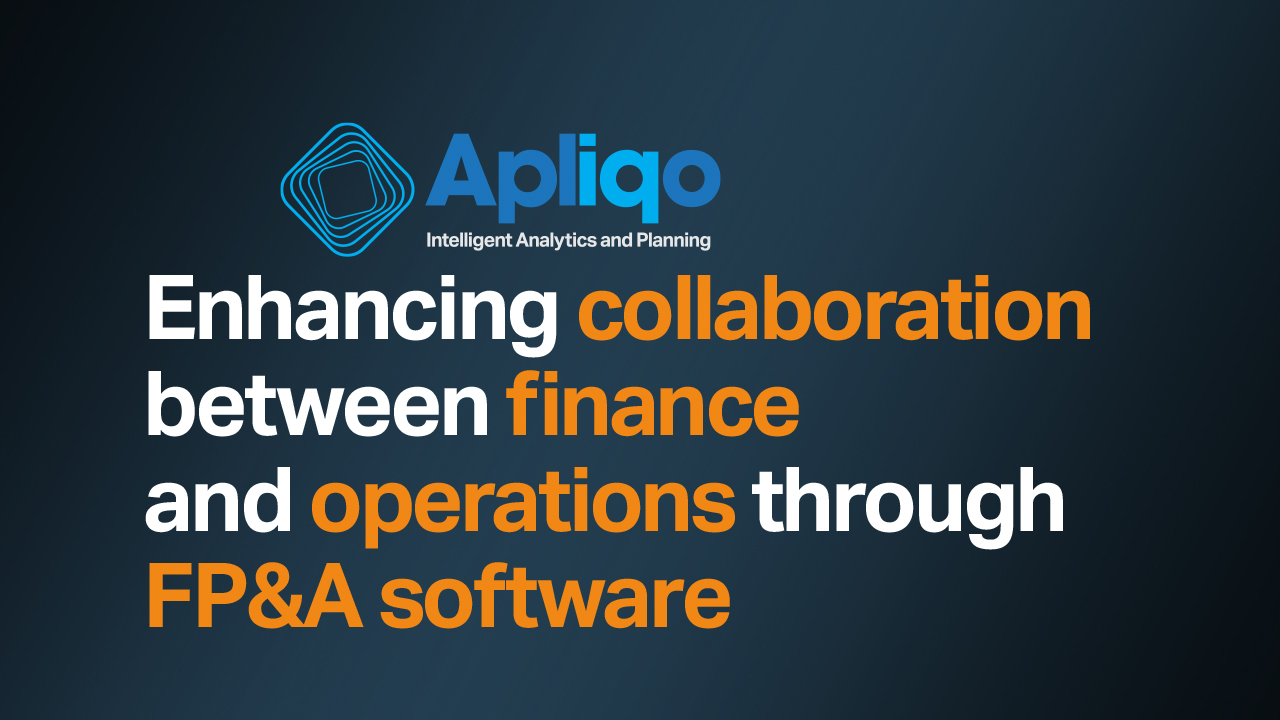Now for the tricky part. Leading planning and budgeting away from the brink naturally requires action. This is why in part 2 we will explain the specifics of how to implement efficient planning processes.
Part 2 – nine steps for efficient corporate planning
Efficient implementation of unified performance management requires structured processes and systems. Here are some practical instructions for achieving this:
- Integration
Strategic planning is connected to medium-term planning, budgeting and forecasting. Budget figures are derived from the strategic guidelines for this purpose. There cannot be any inconsistencies, for example from differences between strategic and budgeted ROI targets. - Harmonizing the data base and reference values
Because many companies have a heterogeneous ERP environment that has evolved over the years, they struggle with inconsistent data bases. A uniform, harmonized data base is the first essential step towards efficient planning. Metadata that are harmonized Group-wide (e.g. charts of accounts and cost-center, customer and product hierarchies) and a globally harmonized data base of facts build the foundation for efficient planning and generate reference values for driver-based planning. - Reducing complexity
Reduced complexity, i.e. less detailed planning, clearer planning forms and increased automation through IT make up the third fundamental component of efficient planning. Financial controllers often tend to buy into the common belief that greater detail results in a higher level of planning accuracy. In fact the opposite is true, as the forecast error grows exponentially with a large number of planning events and the level of inaccuracy increases significantly as a result. Moreover, the time and effort required for planning grows disproportionately without any benefit. One of the keys to success is the ability to dispel these myths within a company and to promote a culture of planning the essentials. - Generally valid assumptions
A planning process traditionally begins with a meeting of the decision-makers at which the planning assumptions are discussed and defined. These are mainly external developments that the company anticipates and which represent basic assumptions for all business segments. Typical general planning assumptions include the expected economic trend in the relevant regions, market developments, salary increases and projected developments in relevant commodity prices or exchange rates. - Continuity
The criticism that traditional budgeting models lack flexibility is countered with rolling forecasts. In practice, this means that planning is carried out on a rolling basis over a horizon of five to eight quarters. - Focus on key value drivers
An important step on the path to efficient corporate planning is establishing a clear focus on the variables that have the greatest impact on overall success: key value drivers. Key value drivers should be defined in such a way that they make a contribution towards achieving the company’s overall strategy and have a direct, positive impact on the cash flow. Many companies get lost in unnecessary details during the planning process. However, prioritization and efficiency go hand in hand. Companies that take the time to carefully analyze key value drivers have already come a giant step closer to efficient planning. - Target setting
Benchmarking plays a deciding role when it comes to target setting. Targets should be set based on clear benchmarks. Benchmarks can be internal in nature – the best branch, the best business unit – or they can be derived from the results of competition. They represent relative goals, for example achieving greater market growth and thus performing better. - User experience
The times are long gone when users were willing to complete interminable Excel lists and data was aggregated and analyzed in grueling night work. With the rise of highly user-friendly mobile apps, the standards for business applications have also increased. Today’s users want modern, web-based planning solutions that allow for collaboration and easy entry and analysis. Nowadays, self-service analysis and independence from IT experts are a necessity in order to be able to independently design planning applications. - Workflow
Collaboration and cooperation are at the core of every planning process. Specifically, this means that companies must align their resources, objectives and approach in order to achieve common objectives. Thanks to a well-structured workflow process that integrates both top-down and bottom-up aspects into planning, objectives can be better aligned and organizational units synchronized.
Do you want to know more about efficient corporate planning?
Click HERE and you will find some White Papers that will get you up to speed.







